Video & Graphic Presentation
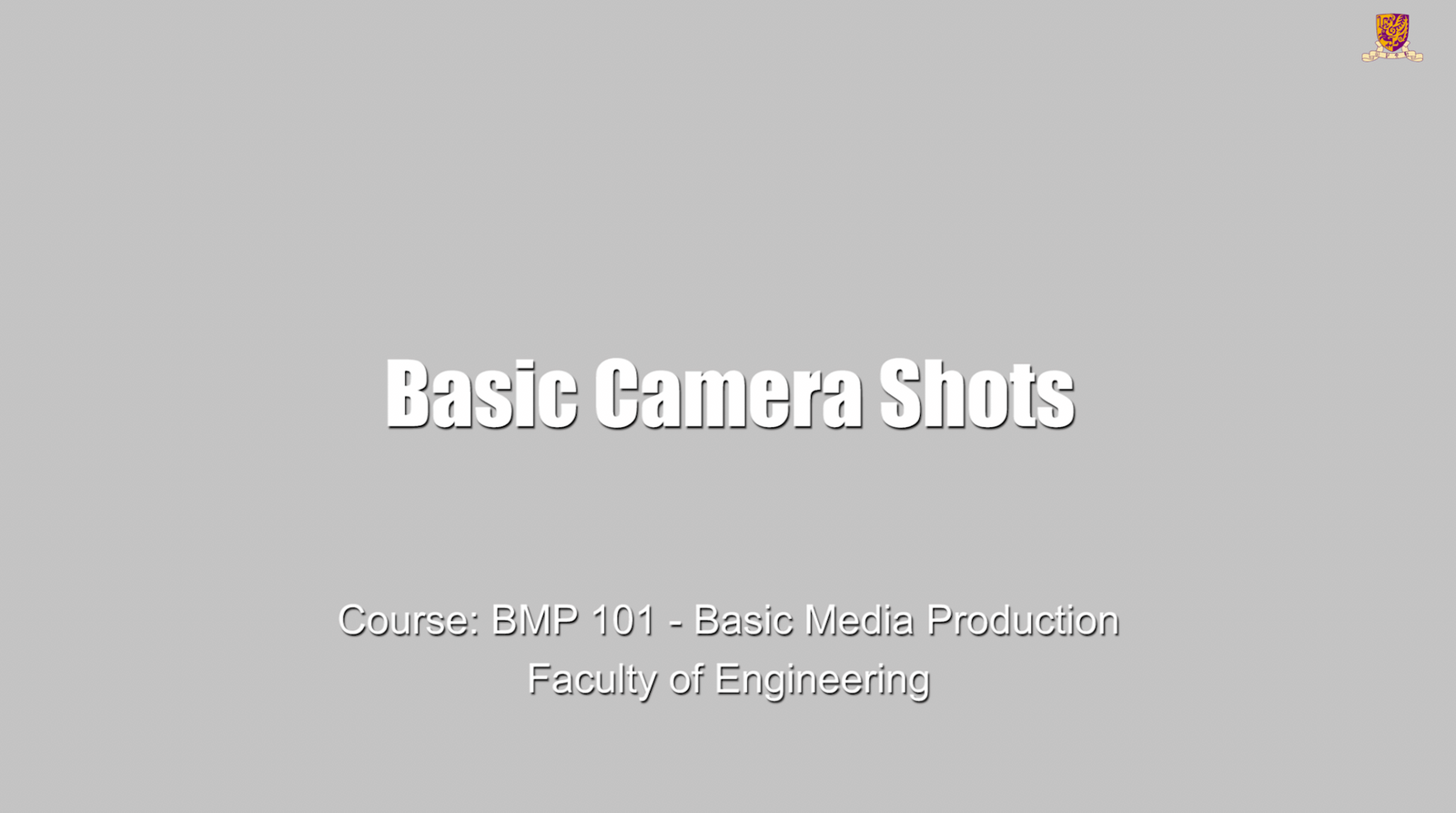
Course: BMP 101 - Basic Media Production
Module: Basic Camera Shots
In this module there are videos and graphic to illustrate the concept of basic camera movement in video production.
Instructor: Rudi Chow
Duration: 15 Minutes
Objective:
After going through this module, you will gain the basic understanding on different types of shots or camera movements and how to apply that technique creatively in your video.
Video
Watch the video below for the application of each basic shot on screen.
In this module section we are going to focus our topic to the type of camera shots from the human or subject size.
1. Extreme Wide Shot (EWS)
EWS is an extra wide shot to display
the overall surrounding location or establish shot where the scene, action or dialogue takes place. The example of this shot is the extreme wide shot (bird eye view) of a forest, an ocean or a mountain in a wildlife documentary video.
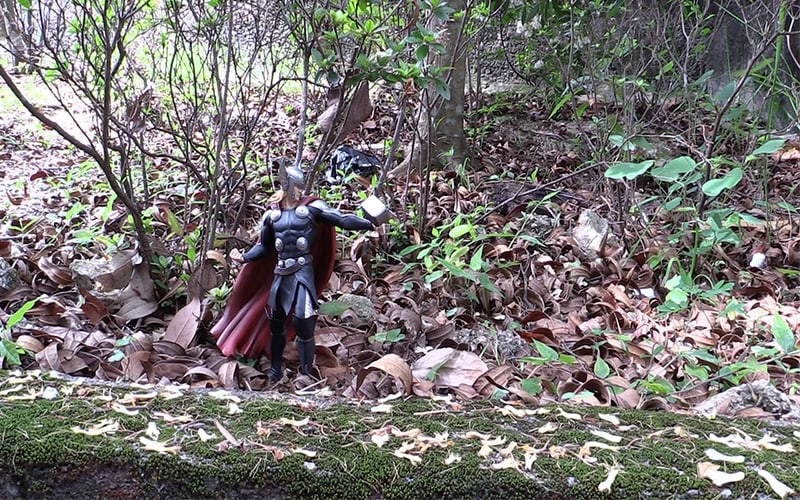
2. Wide Shot (WS)
WS is similar to EWS with reduced frame area where the subject occupies 1/3 to ¾ height of the frame. This shot is also used to establish a situation in a scene or to display the location (where) of the subject (who – actor or object). It can be used as a master shot or as an opening in our video.
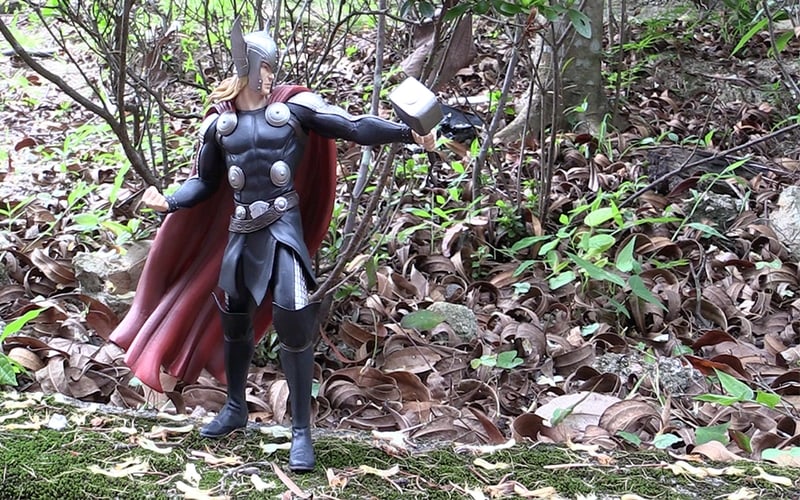
3. Medium Shot (MS)
MS is a shot of upper-body to the head. In this shot, the bottom of the frame cuts around the waist of the subject. MS can be used to strengthen the dialogue between characters. This is one of the most commonly used shots in video.
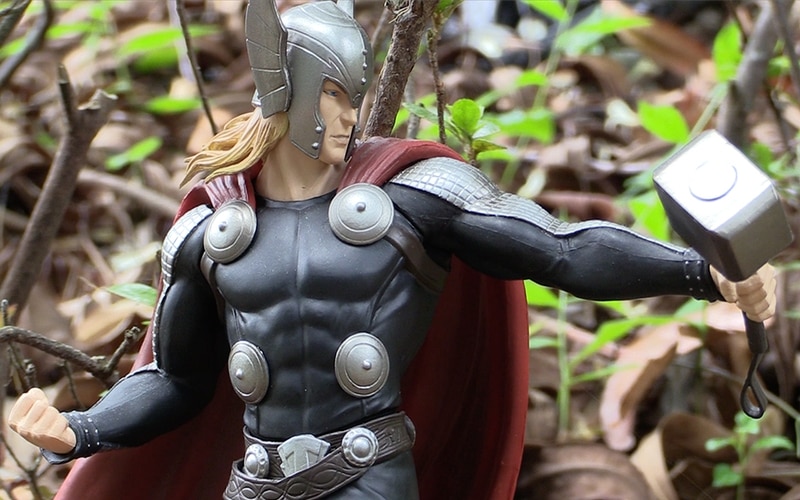
4. Medium Close-Up (MCU)
This shot is similar to medium shot. The difference is the bottom of the frame cuts between the shoulders and the waist, or slightly below the chest area.
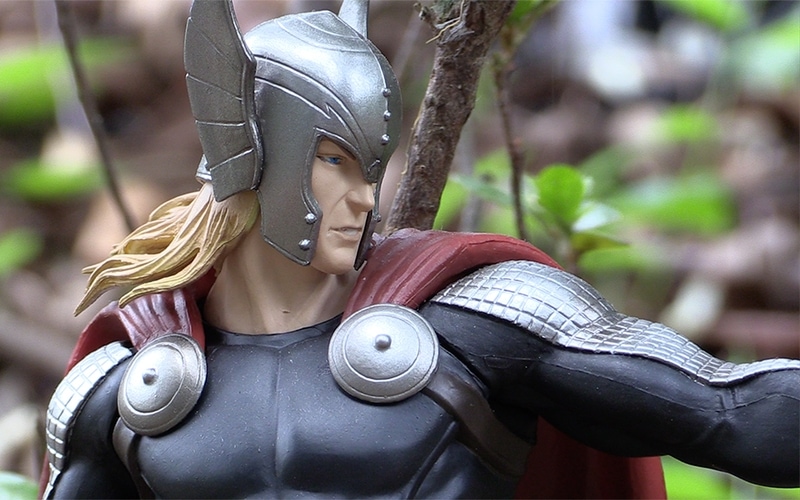
5. Close-Up (CU)
CU shows the face of the character or a subject from the head to the shoulder. The bottom of the frame is cut right below the shoulders. A CU shot gives the audience information about the expression and the character’s emotion in a scene. We can use this kind of shot to portray emotional suspense to audience.
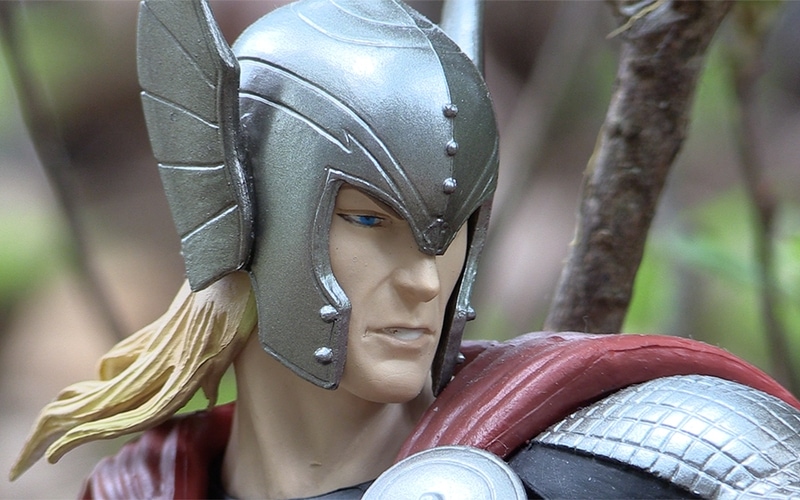
6. Extreme Close-Up (ECU)
ECU is known as detailed shot and is often used to magnify or isolate the details of the subject or object. For example: eyes focusing on computer, a hand carrying a suitcase or a hand holding on to a door handle.
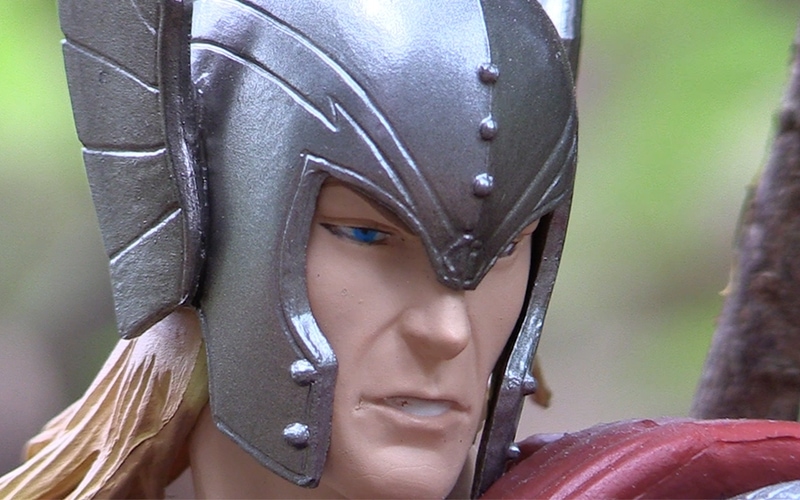
A. Extreme Wide Shot
B. Full Shot
C. Extreme Close-Up
D. Medium Shot
2. What is the name of this type of shot?

A. Wide Shot
B. Full Shot
C. Close-Up
D. Extreme Close-Up
3. We can use a Close-Up shot to show the emotional expression of a character.
A. True
B. False
1) C. Extreme Close-Up
2) D. Extreme Close-Up
3) A. True
Micro-Modules
According to ITSC eLearning Team of the Chinese University of Hong Kong, micro-module is a part of micro-learning. It is a way of teaching and delivering content to students in small and very specific bursts that is used to support blended learning and encourage teacher-student discussion in flipped classroom.
Process
Creating a micro-module might be a challenging task for some teachers. It starts with a goal or a vision of how you would like your students to benefit from the module; what kind of specific topic or specific (engineering) concept you want your student to learn from the micro-module, etc.
Resources
Dive more from our inspirational list of internal and external resources of eLearning industry leaders and practitioners.


